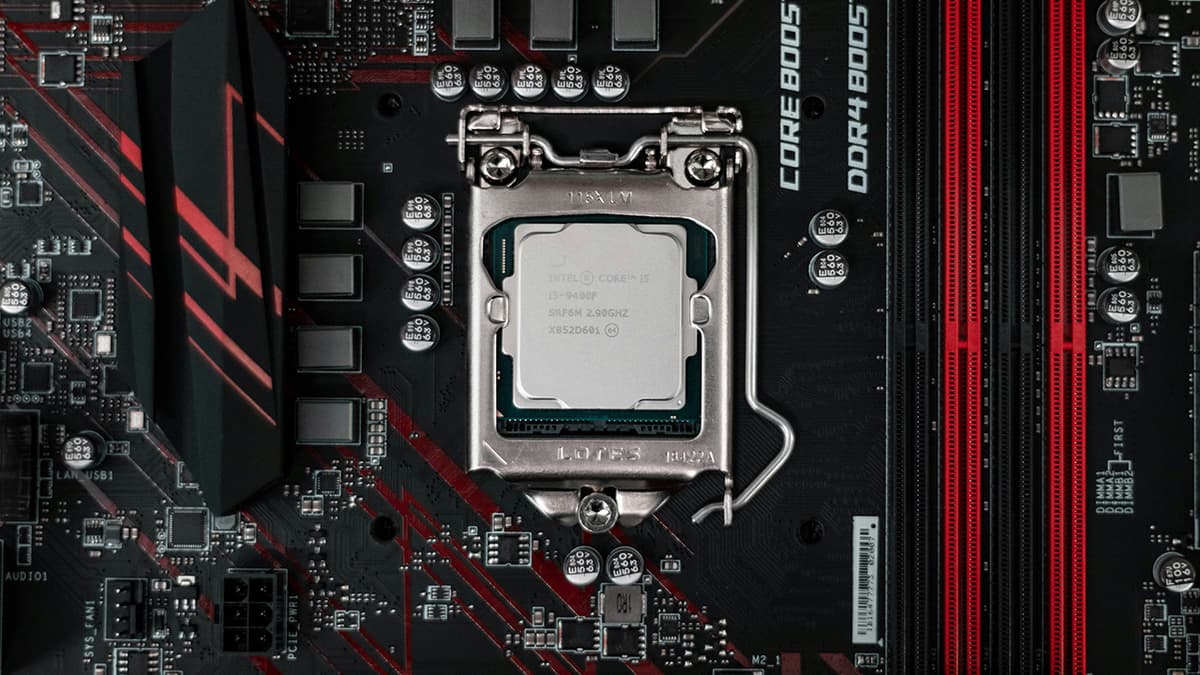Is Heroku Dyno a Kind of K8s?
Cloud computing has many terms and technologies. Two prominent names are Heroku Dynos and Kubernetes (K8s). This article clarifies how they differ and what each one offers.
What is Heroku?
Heroku is a platform-as-a-service (PaaS) that allows developers to build, run, and operate applications in the cloud. It is user-friendly and simplifies the deployment and management of applications.
The Magic of Dynos
A Dyno is a lightweight container that runs commands specified in a Procfile. These commands can start web servers, run background workers, or perform other tasks essential to keeping applications running.
Dynos can be scaled up or down easily, allowing developers to manage traffic spikes without concern for underlying infrastructure. They abstract some complexities involved in app operation.
What is Kubernetes?
Kubernetes started as a project at Google and is now the leading open-source solution for managing containerized applications. It serves as an orchestration tool for developers and IT administrators to deploy and scale containers across multiple servers.
The Power of Pods
Containers in Kubernetes are grouped into "Pods," which are the smallest deployable units. Pods can contain one or more containers, sharing storage and network resources. They provide replication, fault tolerance, load balancing, and scaling.
Kubernetes offers self-healing by restarting failed Pods, rescheduling them, and replacing non-responsive Pods, ensuring continued operation during infrastructure issues.
Comparing Dynos and Pods: Apples and Oranges?
Dynos and Pods serve different needs and complexities, even if they seem similar at first glance.
Abstraction vs. Control
Heroku provides a higher level of abstraction, allowing developers to deploy applications easily while managing Dynos automatically. It focuses on simplicity and rapid deployment.
Kubernetes allows for greater customization and control over how containers run and interact. This suits those needing detailed control but can result in a steeper learning curve.
Automated Scaling
Both offer automated scaling but in different ways. Heroku enables you to quickly add or remove Dynos. Kubernetes provides a more configurable approach, allowing custom metrics for scaling.
Self-Healing
Kubernetes excels in self-healing capabilities, making it suitable for complex systems needing high availability. While Heroku has some resilience features, it lacks the customization depth found in Kubernetes.
Is a Heroku Dyno a Kind of K8s?
No, a Heroku Dyno is not a kind of K8s. Both utilize containerization for application deployment and scaling, yet they serve different purposes. Heroku simplifies the app deployment lifecycle, while Kubernetes offers a powerful framework for intricate container orchestration.
When to Use What
Use Heroku if you want to deploy your app quickly without deep dives into complex orchestration. Choose Kubernetes for more control or to manage large-scale distributed systems.












